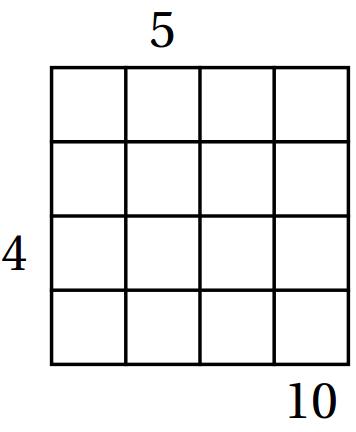Walking Lessons
I know how to walk. Everyone knows how to walk. Or so I thought. Now I am not sure any more.
I’ve been taking ballroom dance lessons on and off for many years. But at some point I stopped progressing. I got stuck at the Silver level. I know many steps and am a good follower, but I often lose balance and my steps are short.
Then I met Armin Kappacher, an unusual dance coach for the MIT Ballroom dance team. I would like to share some of his wisdom with you, but Armin doesn’t have much presence on the web. He only wrote one article for Dance Archives: A Theoretical and Practical Approach to “Seeing The Ground of a Movement.”

Although I’ve been attending his classes for several years, I haven’t been able to understand a word. He might say, “Your right arm is disconnected from your chest center.” But what does that mean? Others seemed to understand him, because they greatly improved under his guidance. But I was so out of touch with my body that I couldn’t translate his words into something my body could understand. Being a mathematician, I lived my whole life in my brain. I never tried to listen to my body. I was never aware of whether my forehead was relaxed or tensed, or if my pelvic floor was collapsed. I grasped that it was my own fault that I failed to understand Armin. I stuck with his classes.
After three years of group classes, I asked Armin for a private lesson with an emphasis on the basics. He instructed me to take three steps and quickly discovered my issues, which included:
- I was too collapsed.
- My spine was too curved.
- My butt stuck out too much.
- My weight was not forward enough.
- My head was too forward.
- I didn’t sway.
So now I am taking walking classes from Armin. I am slowly starting to feel what Armin means when he says that my pelvic floor is collapsed. I feel better now. Whenever I pay attention to how I am walking, my posture improves. As a result, I feel more confident, my mood approves, and I feel like more oxygen is getting to my brain. My friends have noticed a change. For example, my son Sergei got married recently, and I was sitting under the Chuppah during the ceremony (see photo). Afterwards, several friends told me that I looked like a queen.
I have to give some credit to my earrings. They were too long and were getting caught on my dress. So I was constantly trying to wiggle my head up—using Armin’s techniques.
I proudly brought this photo to Armin to show him my queen-like posture. He told me that I look okay above the chest center. But below the chest center my spine is still collapsed. Next time I will take sitting lessons with Armin.
Share: